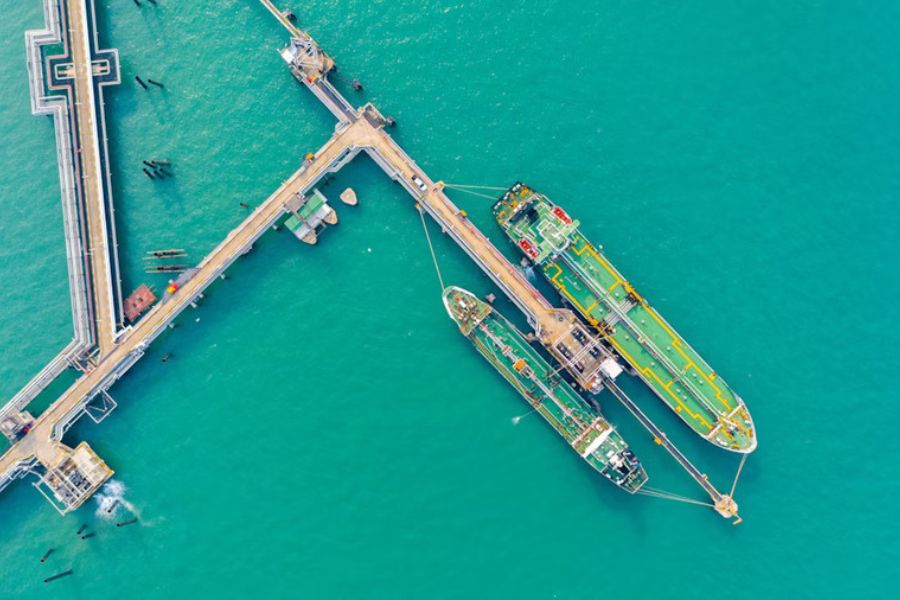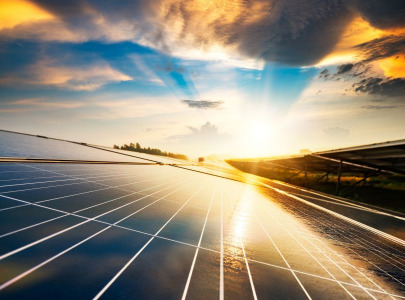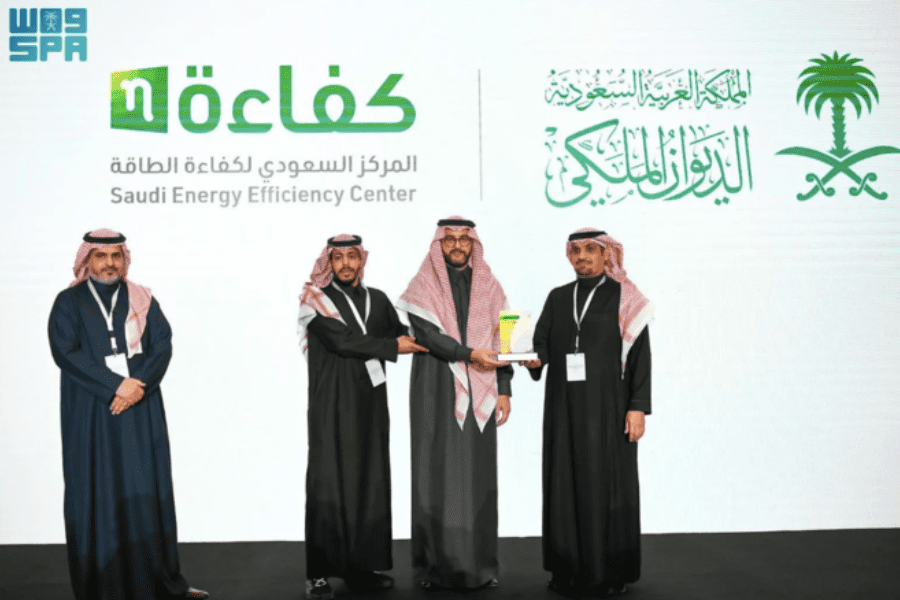IEA report reveals Oman as competitive H2 supplier by 2030

High-quality renewable energy resources and vast tracts of available land make Oman well placed to produce large quantities of low-emissions hydrogen; potential to produce low-emission hydrogen at $1.60/kg by 2030 and account for more than half of the Middle East exports
According to an IEA report released yesterday, Oman aims to produce at least one million tons of renewable hydrogen a year by 2030, up to 3.75 million tonnes by 2040 – and up to 8.5 million tonnes by 2050, which would be greater than total hydrogen demand in Europe today.
Oman’s hydrogen projects will use electrolyzers powered by renewable electricity to extract hydrogen from desalinated sea water. Oman benefits from high-quality solar PV and onshore wind resources, as well as vast amounts of available land for large-scale projects.
IEA Executive Director Fatih Birol presented the report to Oman’s Minister of Energy and Minerals HE Salim Al Aufi during a roundtable meeting with senior IEA leaders and analysts at the Agency’s headquarters in Paris.
Dr Birol was quoted as saying: “Renewable hydrogen is set to bring multiple benefits to Oman.
“The IEA is very pleased to be working with Oman on policy and technical matters as the country moves ahead on its journey to a net zero economy.”
“…The most economically rational action for us is to embark on using this as the most viable and sustainable energy of tomorrow, including decarbonizing power generation, local industry and hydrogen production for export,” said Al Aufi.
Planning for 2030
To achieve its renewable hydrogen target by 2030, various measures have been undertaken. In 2022, the government established an independent entity, Hydrogen Oman (HYDROM), to lead and manage its hydrogen strategy. So far, 1,500 square kilometers of land has been put aside for development by 2030. Up to 40 times more land has been identified for potential production in the long term, according to the IEA report.
Six projects have already been allocated land for renewable hydrogen in the country’s first such auction process.
The report says the Sultanate’s renewable hydrogen exports are likely to be transported initially in the form of ammonia. Oman’s current ammonia export capacity would need to be 20 to 30 times higher by 2030.
Approximately 50 terawatt-hours of electricity will be needed to meet Oman’s 2030 target, greater than the current size of the country’s entire electricity system. The IEA report’s analysis indicates that Oman can cost-effectively achieve its targets of renewables reaching 20% of the country’s electricity mix by 2030 and 39% by 2040.
Scaling up production of renewable hydrogen in Oman to one million tonnes by 2030 would require cumulative investment of around $33 billion. An additional $4 billion would be required to bring renewables’ share of the national electricity mix to 20%, the IEA report says. One of the benefits of these measures would include a reduction in the domestic use of natural gas by 3 billion cubic meters a year and avoiding 7 million tonnes of carbon dioxide emissions.
Impressive H2 proposals
Energy & Utilities has reported on green hydrogen projects in Oman.
E&U reported last year that a $2.5bn green hydrogen and ammonia plant will be located in the Duqm Special Economic Zone (Sezad). When fully commissioned, the facility will have capacity to produce up to 1.2 million tonnes of green ammonia a year.
E&U reported in 2021 that Oman’s Ministry of Energy and Minerals signed an agreement to establish a national hydrogen alliance to develop a clean hydrogen market for domestic use and export. The alliance, known as ‘Hy-Fly’, has 13 founding members: government agencies, oil and gas operators, educational and research institutions and ports that will work together to support and facilitate the production, transport, domestic use and export of clean hydrogen.
The alliance’s members include Port of Duqm and Port of Sohar where green hydrogen projects are being developed. News reports have also reported on major hydrogen-related project proposals at Sur and Salalah ports.
David Haziri contributed reporting
Photo credit: IEA
Energy & Utilities - Middle East and Africa Market Outlook Report 2024.
This must-have report for industry players offers a thorough understanding of the latest developments, challenges, and opportunities in the region, supported by data, analysis, and expert insights.








